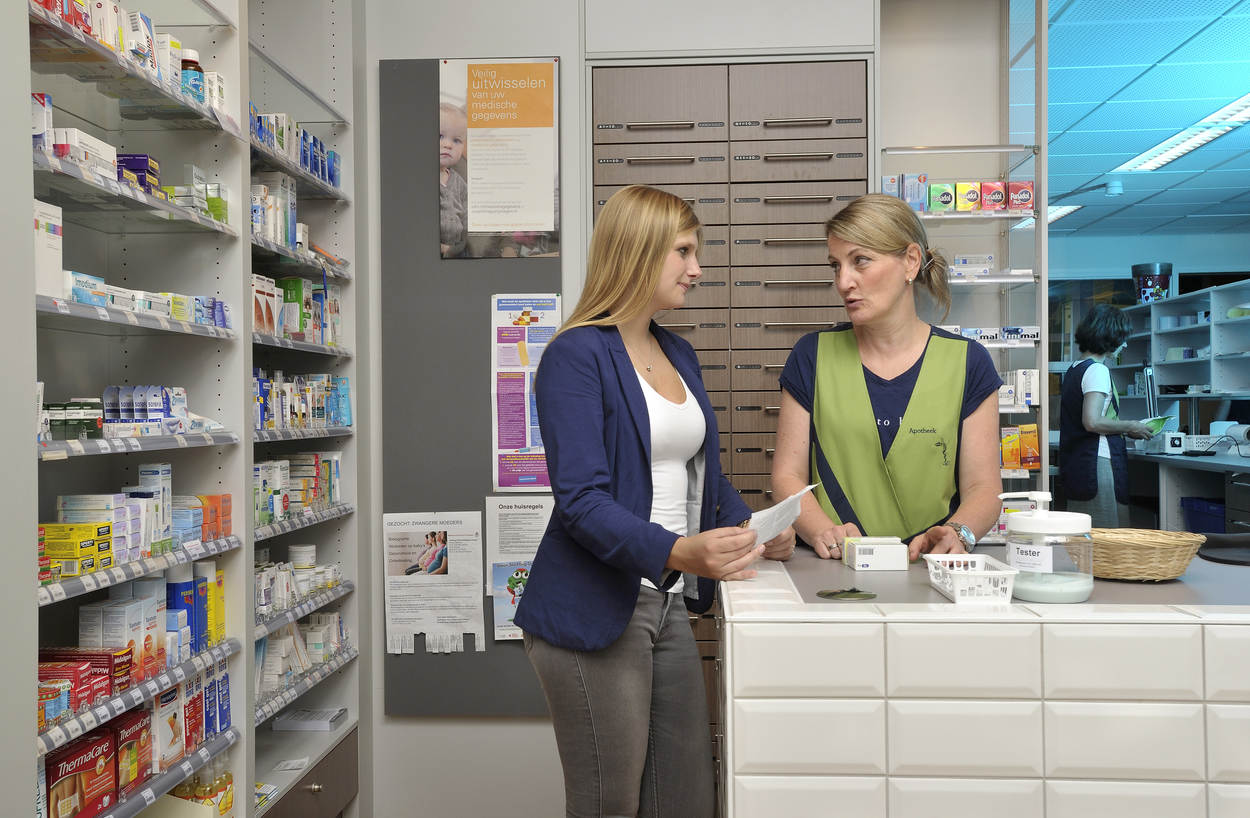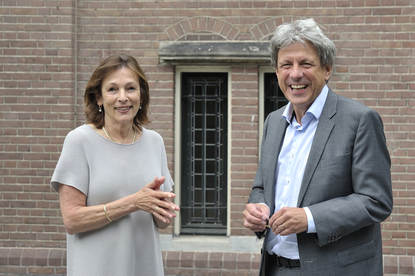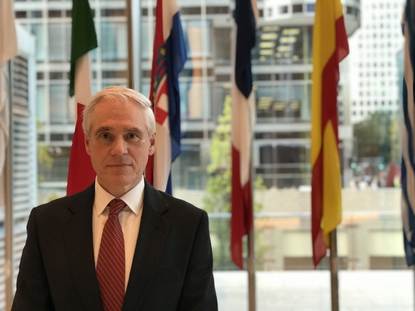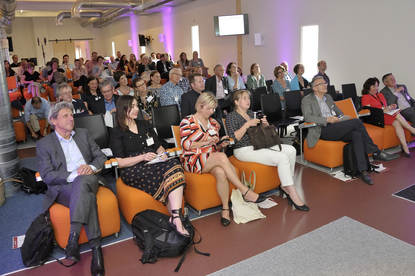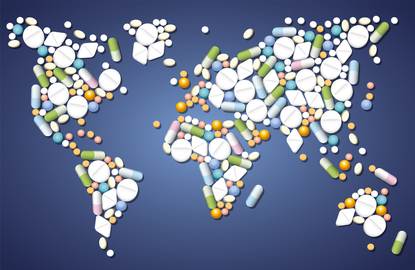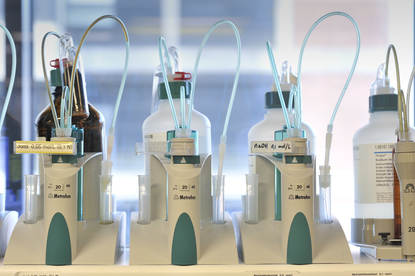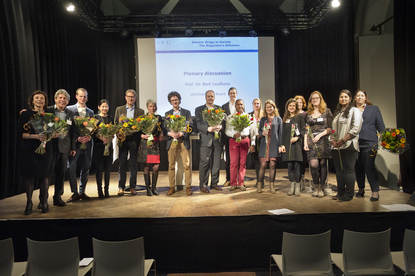Many people believe that unlike men, women are not adequately studied to determine optimal health outcomes for them. But is this actually the case, and if so, what does it mean? This is where the MEB can contribute, by means of research in authorisation dossiers, with the intention to look for answers to questions like the following: Is there a gender gap in clinical trials that infringe on women’s healthcare?
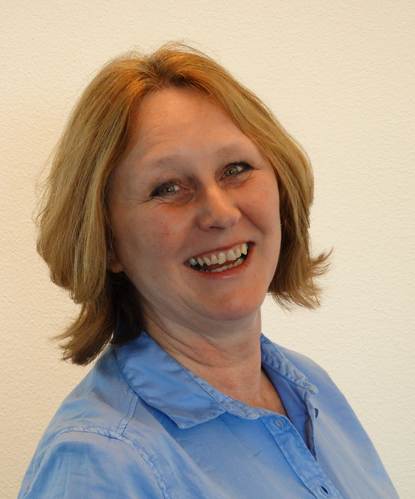
The MEB interviewed Ineke Havinga and Mansi Bhatt on the Gender Project. Mansi is a research student doing her 6 months research project with the Gender Group. Ineke is the central contact person of MEB’s Focus group Gender and Medicines.
What is the project about?
Ineke: The MEB Focus group Gender and Medicines was initiated by Christine van Gispen-De Wied, Peter Mol and Maaike Lange in December 2016.
Gender and Medicines is a subtopic of Gender and Healthcare that attracted a great deal of attention in The Netherlands a.o. because of the public campaign ‘Treat me like a lady’ by Women Inc. in 2016. The goal of this campaign was to recognise the differences in healthcare for men and women and to encourage that these differences will be taken into account in research, education, prevention, diagnosis and treatment. Parallel with this campaign the National Knowledge Programme Gender and Health was started, coordinated by the Netherlands Organisation for Health Research and Development (ZonMw). This is a multidisciplinary programme oriented towards healthcare at large with the intention to make healthcare gender sensitive and to stop the serious gaps in knowledge on gender and healthcare as indicated by ZonMw. Many people believe that, unlike men, women are not enough included in drugs trials. Is this actually true?
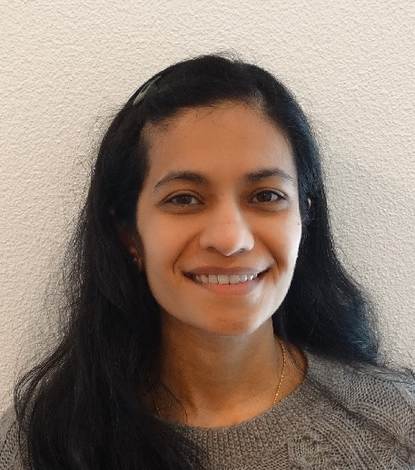
In order to find out, we started with research in authorisation dossiers looking for differences between men and women in phase 1, 2 and 3 clinical trials. We checked whether women were taken into account during clinical trials and if so, in which men/women ratio. Above this any gender differences in efficacy were investigated in domains that were indicated by ZonMw as having knowledge gaps on gender, complemented with area’s that were not considered gender sensitive a priori. This resulted in the selection of four disease domains: infection diseases (hepatitis C and HIV), cardiovascular diseases (heart failure and thrombosis), central nervous system (depression, psychosis and epilepsy) and metabolic diseases (diabetes). Follow-up ongoing research focusses on PK and safety data in authorisation dossiers of medicinal products in the same four domains, but now complemented with the autoimmune disease rheumatoid arthritis.
Mansi: I looked into the Pharmacokinetics (PK) data present in the registration dossiers. The findings I discussed with my direct supervisors from the department of Pharmacology, Toxicology and Kinetics (FTK).
Mansi: "The most important finding of my research project was that exposure was found to be 20-40% higher in females. This was not of the magnitude to necessitate dose modification."
What did you find out about gender and drug development ?
Ineke: We find out that in general sufficient females were included in clinical studies for drug licensing, but that we should keep a close eye on what is needed in terms of gender and drugs. It is important to know what is needed in terms of differences in pathophysiology of disease, and subsequent drug development, but not the other way around. MEB Chairman Ton de Boer and Christine Gispen also stressed these findings when they spoke on the Women Inc. Congres about Gender on October 5th. They responded to the statement of keynote speaker Cara Tannenbaum, scientific director of the Canadian Institutes of Health Research, that gender should be high on the agenda of drug developers and regulatory authorities for the better use of medicines.
The next day, on the ZonMw Gender meeting, Christine gave the same message in her presentation. She explained how drug licensing in the European arena works and what the implications of the drug label are. There is a clear difference with FDA policy in this. The good news that was perceived by the audience was that the MEB is open to all stakeholders and is even leading in a Network where all regulatory issues can be discussed in an open dialogue.
What challenges do you encounter?
Ineke: One of the challenges we encounter during research in authorisation dossiers is that there is no standardised formatting for medicine reviews. We have to work through a lot of documents to collect all data which is rather time consuming.
It is also a challenge to find ways on implementing our knowledge in daily practice of healthcare professionals and to discover what specific kind of information is needed most.
Mansi: In my work, I also had difficulty finding my way through all the data that are in the dossier. Reading reports, I also found that there is a high variability in writing patterns by each assessor. But with the help of my supervisors I succeeded.
What is your motivation to contribute to this field?
Ineke: I like the idea that the MEB can contribute in closing the knowledge gap on gender and that, by doing so, the social upheaval on this topic can be diminished. Furthermore there is an increasing notion that certain diseases manifest themselves differently in men and women. Nonspecific complaints probably are not (always) that nonspecific as has been generally assumed until recently. It is intriguing whether or not this will lead to a different approach in the development of medicinal products in the future. It is motivating that this topic is directly related to daily practice of healthcare professionals and that we can contribute in further discussion with them on how to proceed in and improve on healthcare.
Mansi: I am interested to work in the regulatory area. It was therefore a nice opportunity to work with dossier research. There are four items that you always see in scientific articles: First, women having higher exposure than men for many individual drugs. Second, women have more adverse events than men. Third, inclusion of women is less in clinical trials. Fourth, Physiology and PK, PD differences exist in gender. Looking into the dossier for various number of medicines I could contribute to the knowledge about exposure of drugs in men and women.
Where do you see opportunities for your disciplines?
Ineke: We intend to contact healthcare professionals in order to hear from them what specific kind of information they need on this topic. This way we can perform targeted research in authorisation dossiers and further contribute to stop knowledge gaps. Furthermore it will be interesting to explore how post-marketing data on gender obtained by other stakeholders than the pharmaceutical industry could be included in the label of medicinal products.
Last but not least: We know that men and women can have different symptoms with certain diseases, like cardiovascular diseases. Knowledge about these differences may impact the development of medicines. In our opinion healthcare professionals should be more alert on the different ways a disease can manifest itself in men and women. Within this respect nonspecific complaints in both men and women should be taken more seriously. This is a rather new field in research. We will have to elaborate on this with both the pharmaceutical industry and doctor-researchers in order to establish where to focus attention and to list how this will impact development of medicinal products.
Mansi: There are a few more things to look into, for instance: enzyme activity in gender and drugs where the therapeutic window is very narrow.
What concrete steps are you undertaking in your work for the Gender Project?
Ineke: The three pillars of the focus group are systematic reporting on gender data, research and communication. Although gender was already part of our assessment during authorisation procedures, we now put more emphasis on paying attention to systematic reporting on gender data as well. We intend to put more emphasis on reporting on gender in EPARs in the near future as well. Currently research on efficacy data in authorisation dossiers has been completed. Results will be published. Two research projects on respectively PK and safety data in authorisation dossiers are still ongoing. On the MEB website we included general information on gender and medicines. The MEB’s opinion on this topic is communicated in several interviews with both Christine van Gispen–de Wied and Peter Mol as well. Furthermore the MEB participated in several discussion meetings with experts in the field.
We are looking forward to discuss with healthcare professionals what specific kind of data they are missing in daily practice that possibly can be disclosed from our authorisation dossiers.
Mansi: My research project is based on finding the difference in PK parameters between men and women. In my study, I included 37 medicines. I extracted AUC, Cmax or clearance values for them from the dossier. I found that for all medicines investigated information on women was present, either from the PK study or the Pop-PK clinical trials. I found that there were differences in exposure which can be expected, but that no relevant differences between men and women existed when the data were corrected for bodyweight. Based on PK parameters I can understand that in general no dose recommendations based on gender were found in the SmPC.
